The craze surrounding healthy living shows zero signs of subsiding. In a world brimming with green smoothies, ‘clean eating’, pressed juice cleanses and detoxing, it can all be a little overwhelming – but we’ve got your back!
Whilst many superfoods have moved into somewhat of a “classic” status, and are now readily available at most supermarkets, we’ve included a few lesser known ones that are tipped to be big for 2016 as well.
So bookmark our handy cheat-sheet for the wonderful world of superfoods!
MORE – Our Exclusive Interview With Media Personality, Sally Obermeder
Black Rice
So we all know about the benefits of brown rice, but black rice is even better. Black rice has an antioxidant (specifically, anthocyanins) amount six times higher than common brown or white varieties, and similar to the amount of antioxidants in blueberries. Anthocyanins are believed to have a positive effect on heart health.
Bee Pollen
According to Vogue (of all places): “Bee pollen is nature’s most complete and nutritious food. It is a highly absorbable protein loaded with antioxidants, amino acids and fatty acids – great for stamina, strength, focus and alertness.”
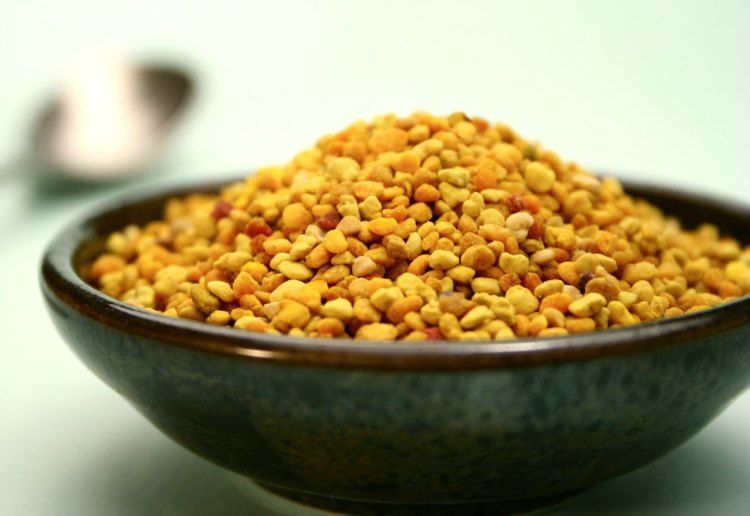
Bee Pollen! Image: summersaltlife.blogspot.com
Banana Flour
Gluten free and made from green bananas, banana flour has a nutty flavour that can be baked with, but it can also be added to smoothies and dressings. Packed with high levels of resistant starch and highly absorbent properties, a little goes a long way. Banana flour has been found to help manage blood sugar levels and protect against diabetes and colon cancer.
Kelp
Popular in Japanese cuisine, Kelp is now being embraced wholeheartedly by western health gurus. Along with Kelp’s diuretic qualities (water retention be gone!) it also contains large levels of iodine, a mineral that is required for efficient thyroid and pituitary function – the organs that are responsible for regulating our metabolism.
Maple Water
Move over coconut water, 2016 is going to be all about maple water! Not the stuff you pour over pancakes, maple water is the pure sap that comes from maple trees. Low in natural sugars, maple water contains more than 80 micronutrients including potassium, magnesium, calcium, iron and B vitamins. These nutrients all work to support muscle function, blood circulation, bone development and energy metabolism.
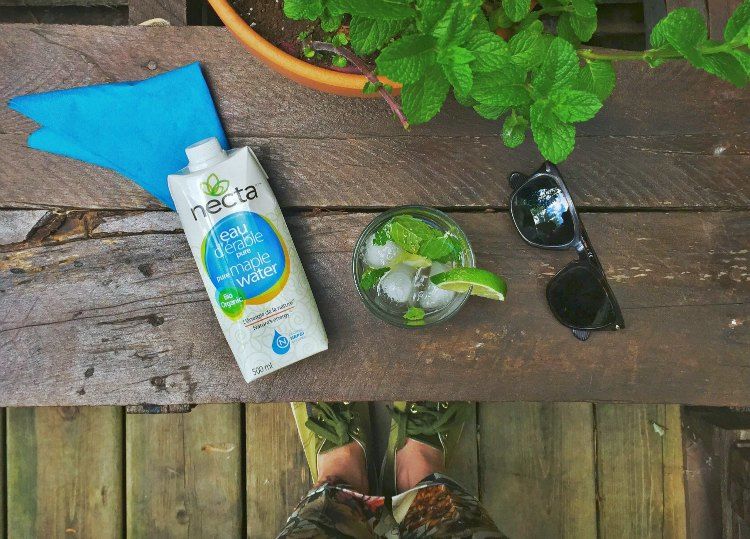
Image: http://nectanature.com/
Cactus Water
Cactus water has half the sugar and calories of most store-bought coconut waters, and “has this mellow berry flavour that resembles a watermelon mixed with a kiwi,” according to elle.com. Boasting beauty and health benefits such as reducing under-eye puffiness and helping to curb muscle damage after a gym session, cactus water is rich in rare and potent antioxidants known as betalains.
Coconut Flour
Perfect for baking (especially pancakes!) we expect to hear a lot more about coconut flour in 2016. It’s a nutrient heavyweight and gram for gram compared to other flours it carries the highest fiber and highest protein content.
Kefir
Kefir is another fermented food that’s having a moment (along with Sauerkraut and Kimchi) and it’s rich in probiotics, the healthy bacteria that keeps our gut in good health. It has a consistency in between milk and yoghurt, yet contains zero lactose, making it excellent for anyone suffering from digestive issues. It also contains high levels of calcium and phosphorous but has a bitter taste. You could try adding this to your favourite smoothie recipe.
Açaí Berries (pronounced ah-sigh-ee)
An oldie but a goodie, these deep purple berries are incredibly nutrient rich and are a fantastic source of Omega 3 fatty acids and help to prevent heart disease and cancer. They also contain anthocyanin, an amazing antioxidant which helps reduce cholesterol levels in the body as well as helping protect from free radicals. They can come snap-frozen, dried or, most commonly, powder form, which can be added juice, smoothies, yoghurt or cereal.
MORE – Best-Of-Everything ‘Berry Sparkling Acai Punch’
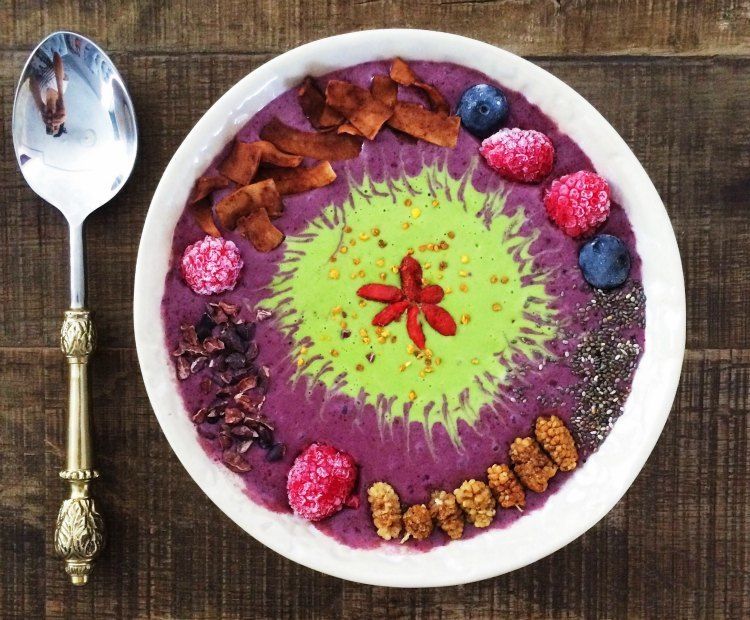
Image: http://www.nonisplace.com/
Maca Root Powder
This is a very powerful superfood and you either love it or you hate it as it has a very distinct and unusual bitter caramel taste. It contains unique alkaloids that help optimise the function of the hormonal system as well as helping to relieve chronic fatigue, osteoporosis, PMS and menopause.
If you’re new to maca powder, try it little by little as it may cause a bad reaction with some. Add it to smoothies, tea or water or you can use it as a flavour enhancer in soups.
Avocado
One of the most photogenic foods according to instagram (take that – cupcakes and macaroons!) these amazing fruits are incredibly nourishing, delicious and chock-full of good fats. They help protect against eye disease and heart disease, help stabilise blood sugar and help lower cholesterol.
MORE – Audrey Eats: Lentil Tacos with Tomato Radish Salsa
Blueberries
Oh glorious blueberries, you’ll always be the king of all the berries. Not only are they delicious, but they are also low in calories (so you won’t feel as guilty after eating a whole punnet…), are a great antioxidant, help lower cholesterol and aid digestion. These little babies also help to fight cancer, have been known to prevent Alzheimer’s!
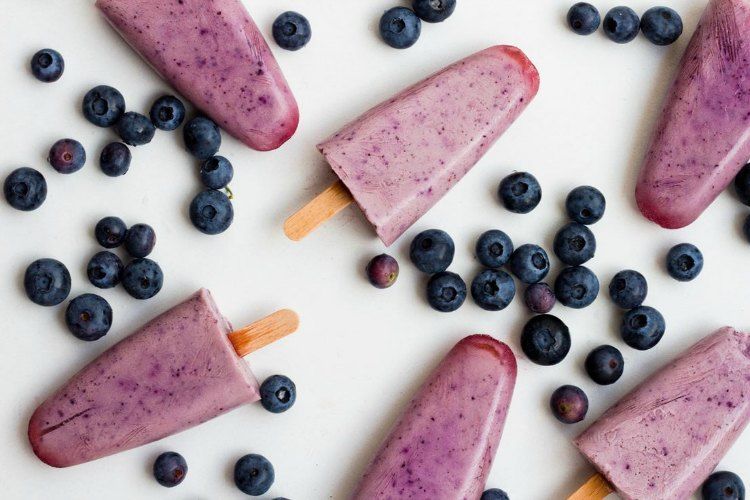
Image: delicious-designs.tumblr.com
Coconut Oil
Despite being 90% saturated fat, this miracle oil is incredibly good for us as it is mostly made up of medium chain fatty acids and is a great anti-inflammatory and anti-fungal. It helps to boost metabolism, and curbs sugar cravings. It’s the only oil that doesn’t change its structure with heat, making it one of the best oils to cook with.
Not only is it edible, it also doubles an incredibly beauty product! It’s fantastic as a natural makeup remover, body moisturiser and can help with skin problems like psoriasis, dermatitis and eczema amongst skin conditions.
MORE – 12 Ways To Save Money & De-Clutter With Coconut Oil
Chia seeds
The white and black variations of these little seeds are packed full of protein and are one of the easiest superfoods you can incorporate into your meals. They’re great in helping with your digestion and are the highest plant based source of Omega 3 fatty acids, dietary fibre and protein.
It’s also a great source of iron which many women don’t get enough of. Chia seeds swell up in liquid almost like sago and you can even put them in salads or cereal. You can pop them on avocado for an extra boost of nutrition or you can also make a delicious chia pudding!
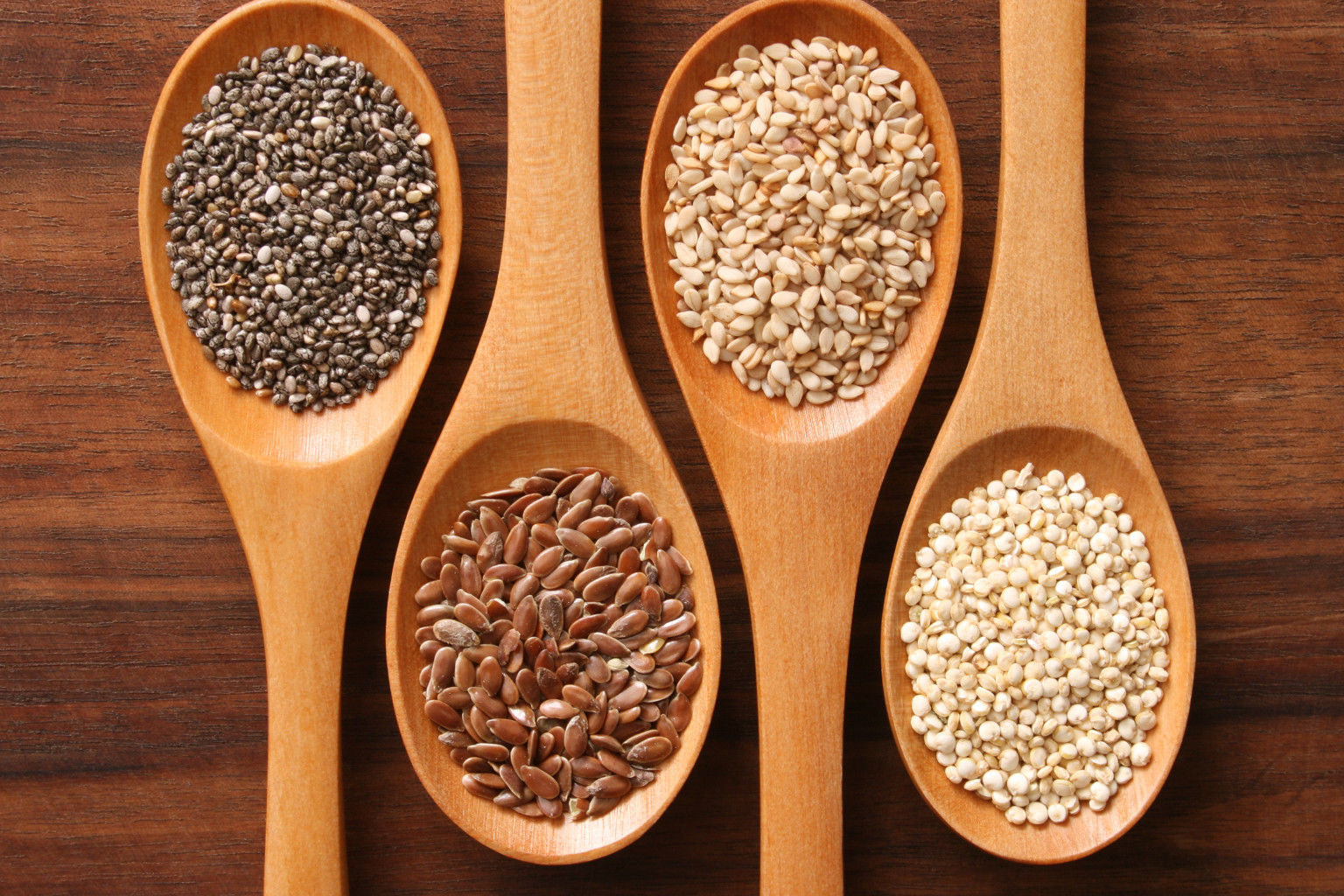
Spoons and healthy seeds
Green Tea
Although technically not a food, I couldn’t go past including green tea in this cheat sheet. I drink at least one cup daily in the mornings or at night and it makes me feel amazing. Known to be a fantastic antioxidant, it helps fight free radicals linked to ageing, helps prevent heart disease, high blood pressure and diabetes as well as relieving stress and anxiety amongst many more benefits.
MORE – The Ancient Ingredient Everybody Is Raving About
Kale
This leafy green vegetable is a descendent of the wild cabbage and is now found on everybody’s shopping list. Kale is an incredible source of Vitamin A, fibre and folate which can help to reduce the risk of stroke, obesity, Alzheimer’s, cancer and depression. Kale chips are delicious and incredibly simple to make. They’re also beautiful to use in salads or even as a side vegetable.
MORE – 5 Reasons Why Kale Is More Than Just A Fad
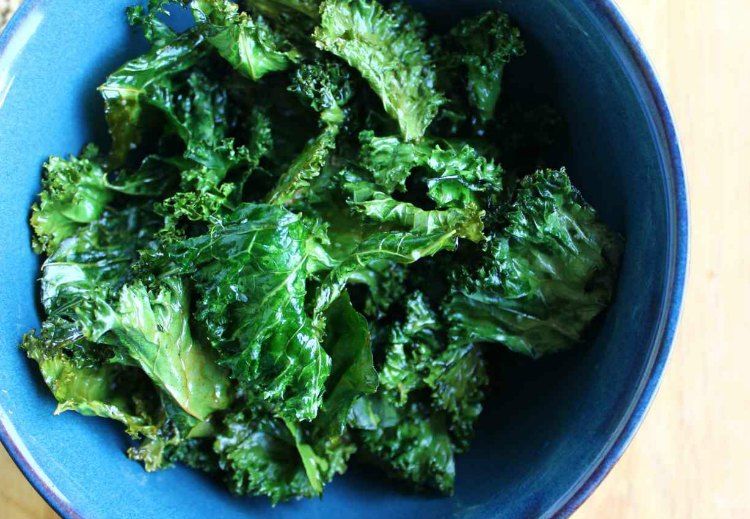
Image: http://www.storyofakitchen.com/
Quinoa (pronounced keen-wah)
Touted as the ultimate supergrain, these little seeds are gluten-free and are incredibly delicious. Quinoa has almost twice as much fibre as other grains, contains all nine essential amino acids and is super rich in protein, magnesium and manganese (a great antioxidant).
Before cooking, be sure to wash them thoroughly so as to remove any residue or grit. They have a nutty taste with a barley-like texture and go perfectly with salads or also work perfectly as a side as a substitute for rice.
MORE – Audrey Eats: Coconut Breakfast Quinoa
Spirulina
A natural algae powder, spirulina is rich in nutrients and high in protein and natural iron – making it particularly great for vegetarians and it’s also ideal to have during pregnancy, after surgery or anytime the immune system needs a boost. It’s very high in chlorophyll, helping remove toxins from the blood and boosts the immune system. Spirulina can be added to water, juice or smoothes but be warned: the taste isn’t so great, but if you can endure it your body will thank you!
So, what superfoods do you make a regular part of your diet? Let us know in the comments below!


1 Comment
[…] post The Superfoods Cheat Sheet appeared first on Breakfast With Audrey – Women's Online Fashion & Lifestyle […]